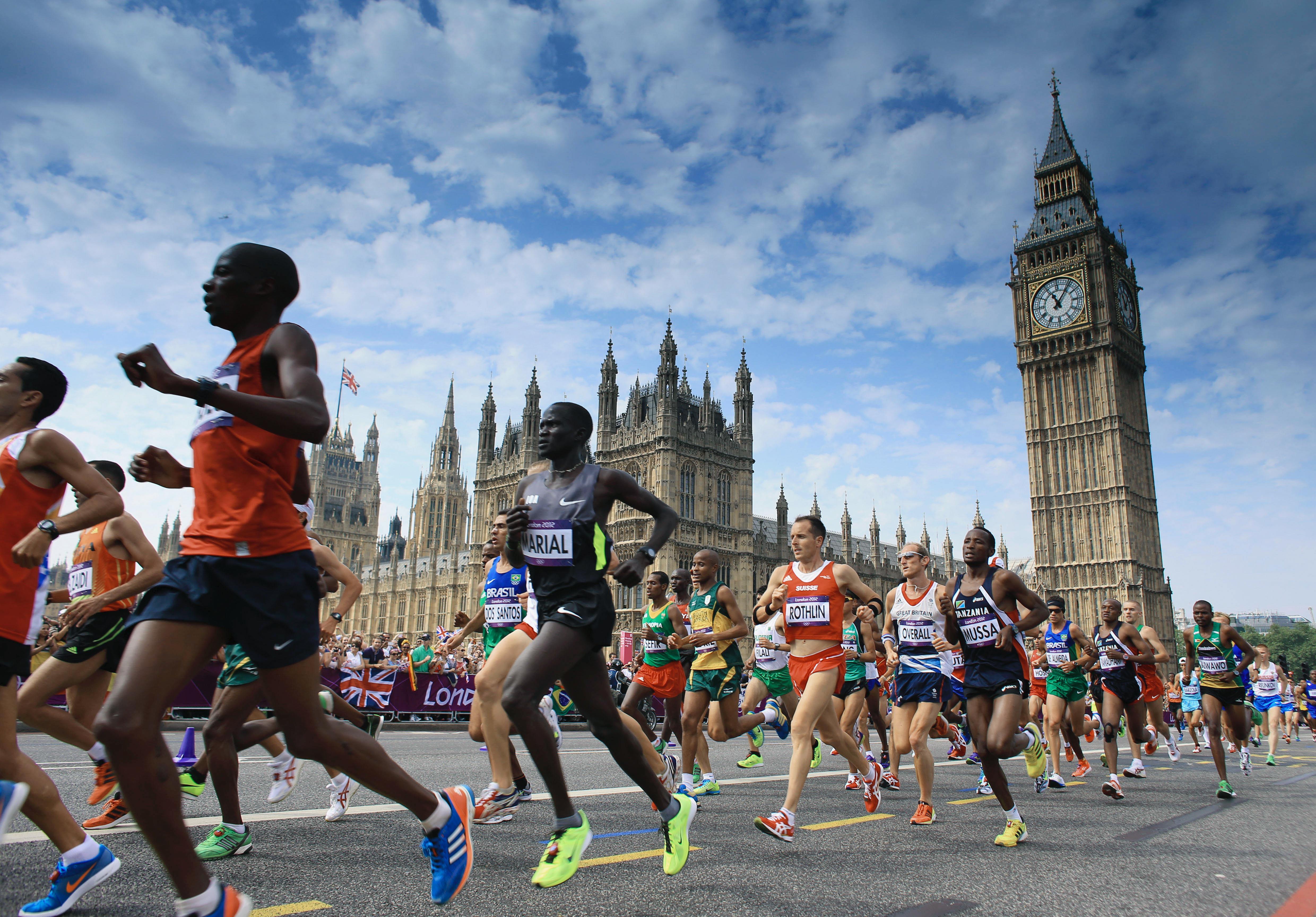Medial tibial stress syndrome (MTSS)
The pain associated with medial tibial stress syndrome (also known as shin splints) can be dispersed and intermittent, but should be taken seriously and treated as soon as possible.

The term MTSS might not be that easy to understand but should be thought of as a collective term for pain along the shin bone. The condition is well known by most people who are active in sports, as it is one of the most common overuse injuries.
Risk factors
Many factors may increase your risk of developing MTSS: the position of the ankle, limited range of motion of the leg muscles and surrounding joints, muscular fatigue, reduced strength and a high body mass index. Other factors are shoe type, running or playing surface, running technique and training program.
These factors are not necessarily important in isolation, but can increase your risk if coupled with a training load that exceeds the body's capacity. Leg muscles act as shock absorbers when running. They may not always be able to do so if the training becomes too demanding, or if the muscles become fatigued. This can result in pain in the area where the muscles attach to the bone.
Signs and symptoms
A common symptom is a vague pain along the shin bone. The pain is usually felt when the feet hit the ground during running. In the beginning, symptoms often get better during warm-up and many can, therefore, finish a training session. Eventually, it also hurts after training. Some even have pain the day after exercise. This is common when you have had MTSS for a while. Applying pressure along the shin bone can also be painful.
Can you...
Pinpoint the pain? Then you may have a stress fracture and not MTSS. It is advisable to consult a doctor or a physiotherapist.
Diagnosis
MTSS can be diagnosed reliably using history and physical examination. This is usually done by a doctor or physiotherapist. MRI imaging can be used to rule out a stress fracture.
Treatment
Measures like ice, massage and taping of the leg muscles may reduce acute pain and influence range of motion, but have little effect beyond that. The most important thing you can do, is to find the underlying cause of the problem. This may involve identifying risk factors and addressing them.
Research shows us that load management is important for both treatment and injury prevention. A good training program can be developed in conjunction with a trainer and a physiotherapist. When training load exceeds the body's capacity to withstand load, you may develop MTSS. For example, by training too much, too fast. Remember to rest. Inadequate rest has shown to increase the likelihood of sustaining an injury.
What running shoes should you choose?
Comfortable shoes are more important than expensive, custom fitted shoes when it comes to preventing running injuries.
MTSS often develops with repetitive load. A common recommendation is to take a brake from activities or training that causes pain. You can still maintain good fitness by performing other forms of exercise that is pain-free. Examples are swimming, cycling or any other form of exercise you wish to do.
Return to sport
Almost everyone makes a full recovery from MTSS. It can take anywhere from three weeks to four months. The longer the condition has persisted, the longer it usually takes. Measuring the amount of pain can be important throughout the rehabilitation process. Seeking help from an experienced physiotherapist is advised.
Injury prevention
Running injuries can be prevented by using the 10-percent rule.


